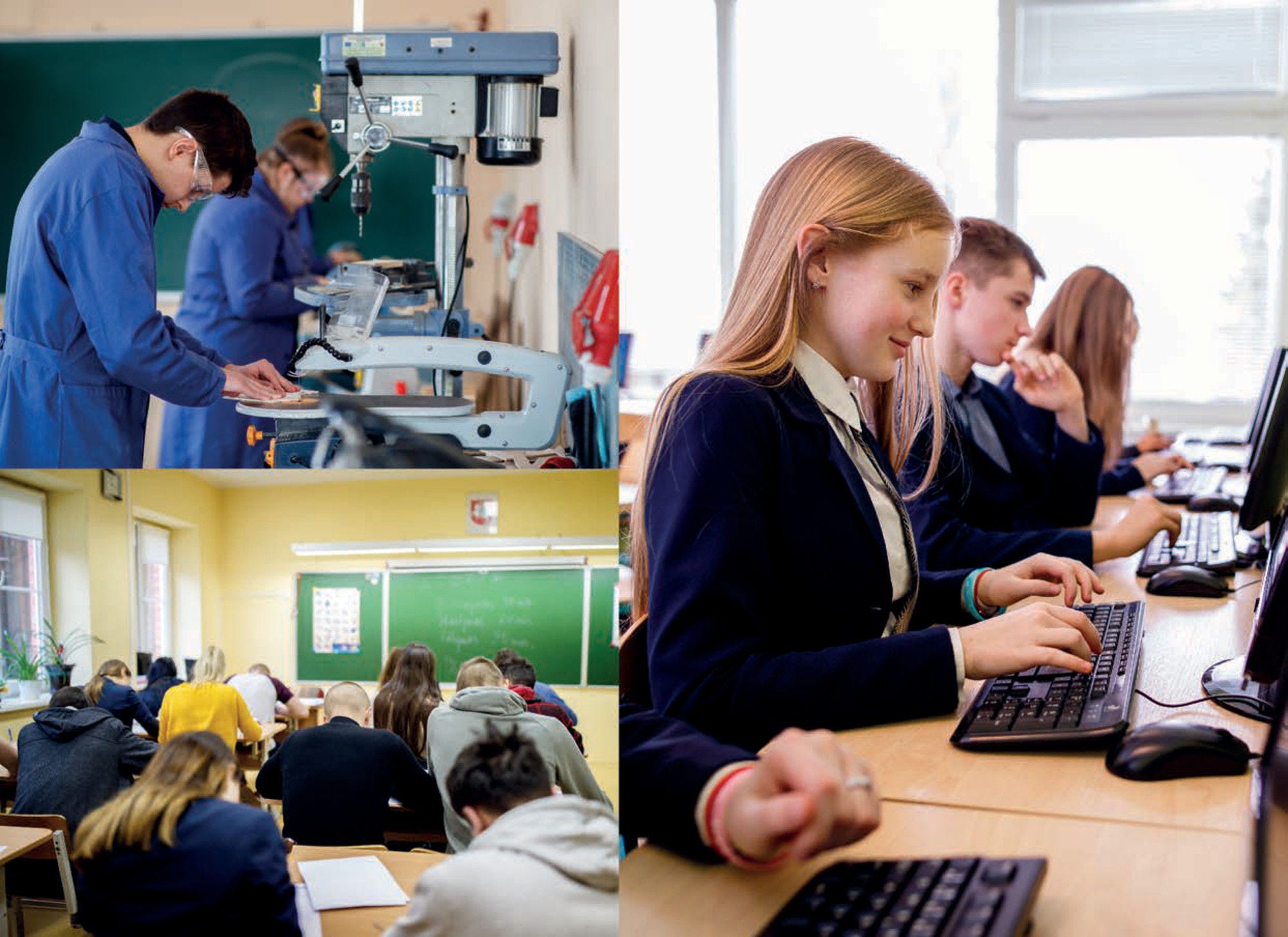[3] Beleckienė, G., L. Kazlavickas and M. Palevič (2022), Vocational Education and Training in Lithuania 2021, Government Strategic Analysis Center (STRATA), https://strata.gov.lt/wp-content/uploads/2022/09/PMBA2021_EN_web.pdf (accessed on 30 January 2023).
[21] Drummond, R. (2017), Extending into the Future: How extended project work can help prepare students for success at school, at university and in the careers of tomorrow, Oxford International AQA Examinations.
[22] Kingston, S. (2018), “Project Based Learning & Student Achievement: What Does the Research Tell Us?”, PBL Evidence Matters, Vol. 1/1, http://bie.org/x9JN (accessed on 30 January 2023).
[20] NSA (National Education Agency) (2022), Rezultatai (Results), https://www.nsa.smm.lt/egzaminai-ir-pasiekimu-patikrinimai/brandos-egzaminai/rezultatai/ (accessed on 2 May 2023).
[17] OECD (2023), Above and Beyond, https://www.oecd.org/education/aboveandbeyond/ (accessed on 1 June 2023).
[8] OECD (2023), INES 2023 ad hoc survey on upper secondary completion rate.
[1] OECD (2022), Education at a Glance 2022: OECD Indicators, OECD Publishing, Paris, https://doi.org/10.1787/3197152b-en. (accessed on 15 April 2023).
[5] OECD (2021), Education at a Glance 2021: OECD Indicators, OECD Publishing, Paris, https://doi.org/10.1787/b35a14e5-en (accessed on 15 April 2023).
[9] OECD (2021), OECD Skills Strategy Lithuania: Assessment and Recommendations, OECD Skills Studies, OECD Publishing, Paris, https://doi.org/10.1787/14deb088-en.
[7] OECD (2020), Education at a Glance 2020: OECD Indicators, OECD Publishing, https://doi.org/10.1787/69096873-en. (accessed on December 2021).
[13] OECD (2020), OECD Economic Surveys: Lithuania 2020, https://www.oecd-ilibrary.org/economics/oecd-economic-surveys-lithuania-2020_62663b1d-en.
[10] OECD (2019), PISA 2018 Results (Volume I): What Students Know and Can Do, OECD Publishing, https://doi.org/10.1787/5f07c754-en.
[12] OECD (2019), PISA Volume II: Where all students can succeed, https://www.oecd-ilibrary.org/sites/2a009264-en/index.html?itemId=/content/component/2a009264-en (accessed on 6 December 2021).
[11] OECD (2018), “PISA: Programme for International Student Assessment”, OECD Education Statistics (database), https://doi.org/10.1787/data-00365-en (accessed on 15 April 2023).
[4] OECD (2017), Education in Lithuania, Reviews of National Policies for Education, OECD Publishing, Paris, https://doi.org/10.1787/9789264281486-en.
[15] OECD (2016), Education at a Glance 2016: OECD Indicators, OECD Publishing, https://doi.org/10.1787/eag-2016-en.
[19] OECD (2013), Synergies for Better Learning: An International Perspective on Evaluation and Assessment, OECD Reviews of Evaluation and Assessment in Education, OECD Publishing, Paris, https://doi.org/10.1787/9789264190658-en.
[2] OECD (2012, 2015, 2018), PIAAC: Programme for the International Assessment of Adult Competencies, https://www.oecd.org/skills/piaac/ (accessed on 15 April 2023).
[16] OECD/Eurostat/UNESCO Institute for Statistics (2015), ISCED 2011 Operational Manual: Guidelines for Classifying National Education Programmes and Related Qualifications, OECD Publishing, Paris, https://doi.org/10.1787/9789264228368-en.
[6] Perico e Santos (2023), Managing student transitions into upper secondary pathways, OECD publishing, Paris, https://doi.org/10.1787/663d6f7b-en.
[18] Raffe, D. et al. (2001), “Participation, inclusiveness, academic drift and parity of esteem: A comparison of post-compulsory education and training in England, Wales, Scotland and Northern Ireland”, Oxford Review of Education, Vol. 27/2, pp. 173–203.
[14] Vandeweyer, M. and A. Verhagen (2020), The changing labour market for graduates from medium-level vocational education and training, OECD Publishing, https://doi.org/10.1787/503bcecb-.







